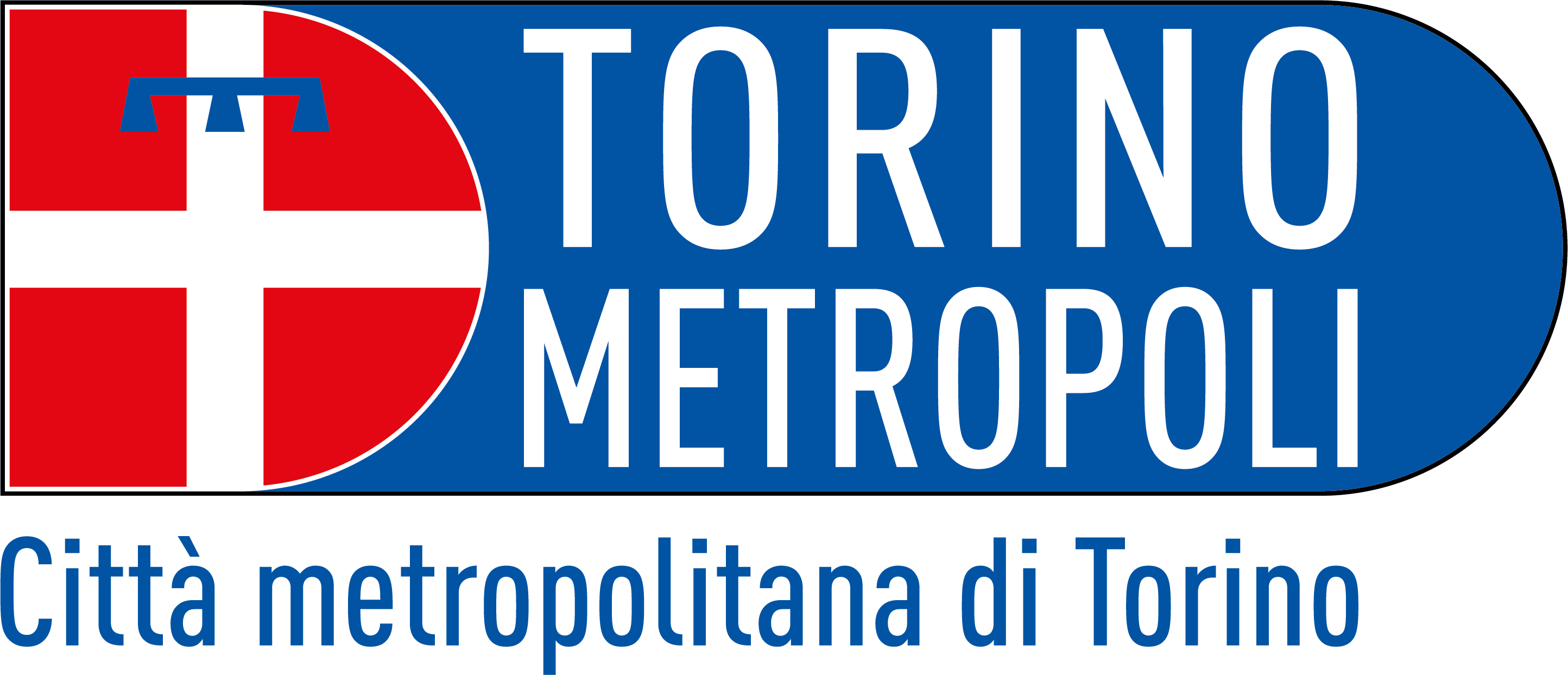Estimated reading time: 4 minutes
Secondary raw materials (MPS) are derived from waste recycling processes and can be reused in production processes along with virgin raw materials or as a substitute for them.
Despite the lower environmental impact of using secondary raw materials, their use in production processes is only patchy. Testifying to this is research commissioned by the European Environment Agency (EEA), entitled Investigating Europe's secondary raw material markets, which describes the degree to which the markets affected by MPS are functioning well and the barriers to their development. Specifically, in order to investigate this aspect in the European secondary raw material market, the report analyzes seven benchmarks:
- market size;
- legislative barriers;
- prices;
- technical standards;
- internationalization;
- market openness;
- extent of market share occupied by MPS.
The study then examines the MPS market by focusing on eight specific waste fractions: aluminum, paper, glass, wood, plastics, organic waste, construction and demolition waste, and textiles.
The research shows that only aluminum, paper and glass have a market for recycled materials that can be identified as "well-functioning" in that it is considered stable and efficient by the actors operating in it.
In contrast, the MPS market for the remaining five fractions has critical issues and some gaps. In particular, the main issue noted concerns the low market share that MPSs occupy in comparison with their virgin twins. This low use is due to the limited confidence of packaging and consumer goods producers in the ability of this market to ensure a continuous and stable supply as well as a homogeneous quality of secondary raw materials.
In addition, the study highlights how these issues make manufacturers less inclined to invest in the development and use of new technologies for MPS utilization. Finally, there is less presence and dissemination of information in MPS markets, a factor that makes it equally complicated for actors in this production sector to opt for the use of these recycled materials.
The report also identifies potential solutions for overcoming critical issues. These include, in particular:
- greater harmonization of the criteria defined by individual member states for the definition of end-of-waste;
- a modulation of the environmental contribution provided in extended producer responsibility schemes. This environmental contribution could be differentiated according to certain criteria, including, for example, the recyclability of the product.
Researching and implementing solutions for those less developed MPS markets is critical to achieving the EU goals of circular economy and climate neutrality, increasingly reducing dependence on virgin raw materials and energy consumption.
However, it is central to remember that, according to the waste hierarchy defined at the European level, waste generation prevention and reuse actions are to be preferred over recycling. With reference to packaging, for example, the EU is increasingly moving in the direction of reducing its use as a good collective and individual practice to decrease the amount of waste each citizen produces.
For more information:
Markets for many commonly recycled materials struggle in the EU (European Environmental Agency)
Read also:
The new draft of the Packaging Regulations
Not just recycling: the future is reduction
Anna Ferrari
